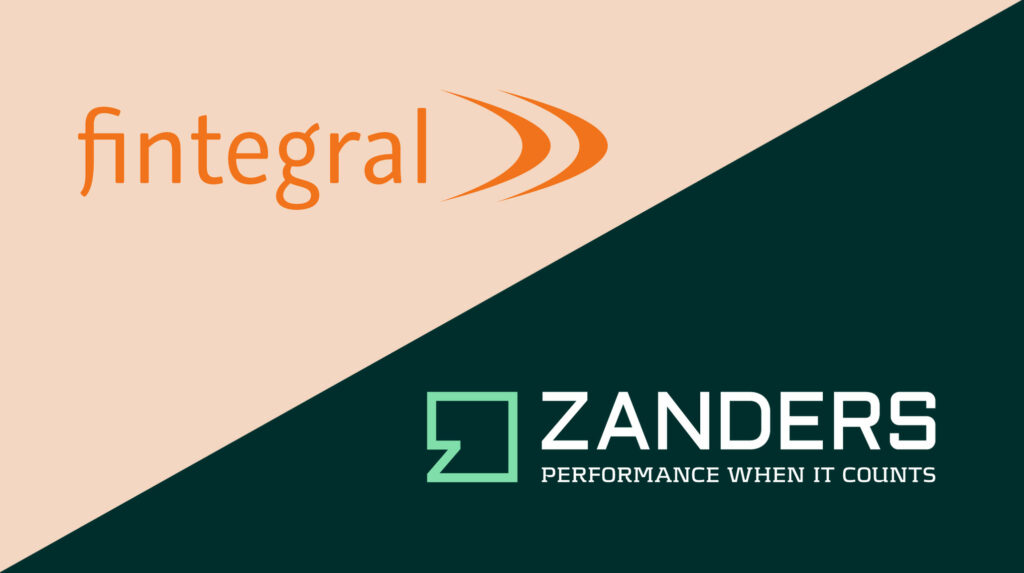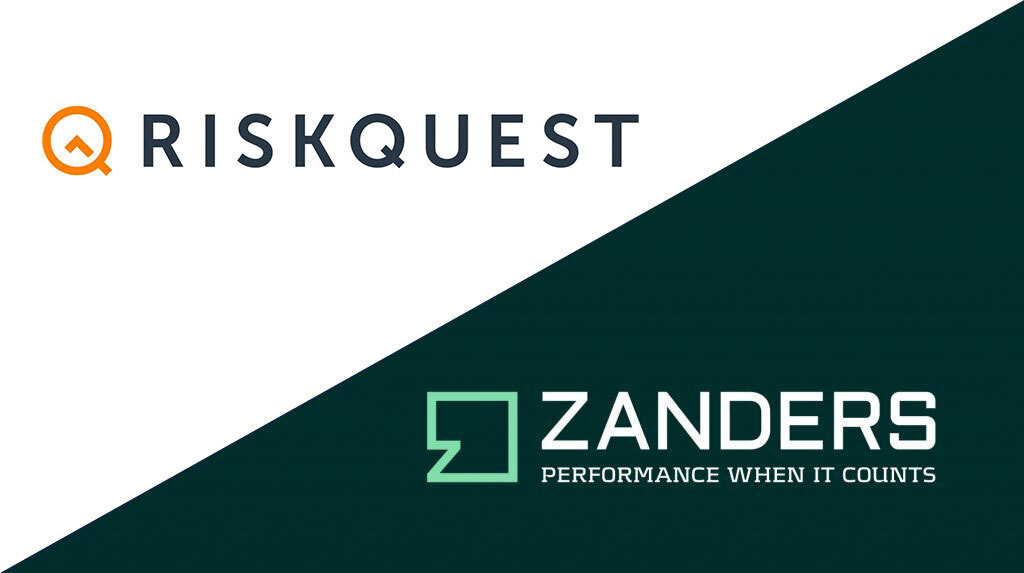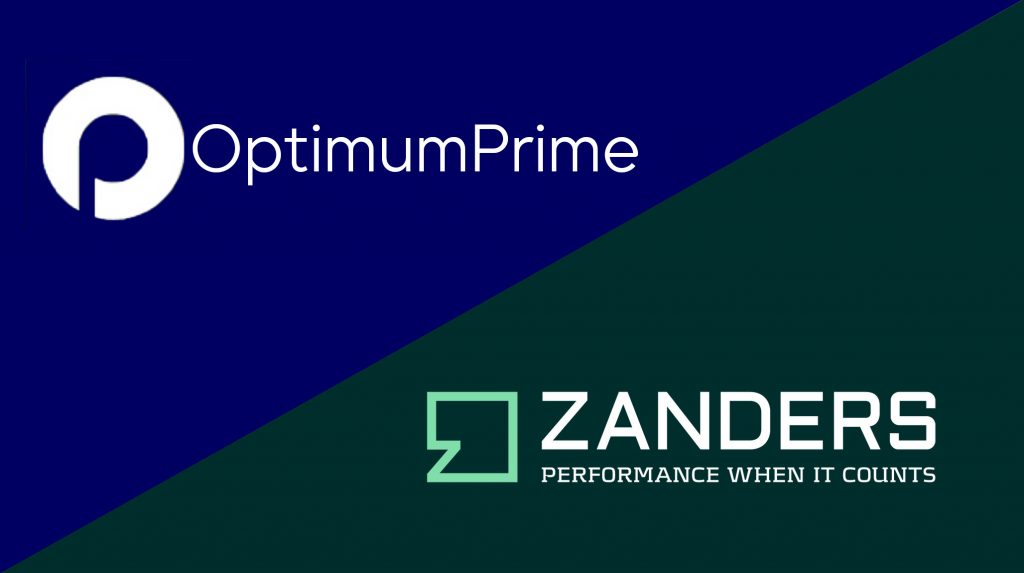In order to be able to integrate a number of activities and improve efficiency, the oil company Argos decided to implement a new treasury management system (TMS).They chose IT2 and were very satisfied with the result. This best-practice implementation provides an excellent example for other corporates, showing how such a project should be tackled.
Argos is a young oil company that combines the storage and distribution of oil with the international trade in, and sale of, mineral oils and biofuels. The roots of the company go back to 1918, when Ad van der Sluijs opened a bicycle shop in Geertruidenberg and decided to sell petrol there, too. This turned out to be a good business move because the Van der Sluijs Group went on to become a big player in the areas of sales, storage, and transport of mineral oils in the nineties.
In 2009, the group merged with FNR+, which, with its companies Frisol, North Sea Petroleum, and Reinplus Vanwoerden, is a market leader in bunkering and trading. Hence the North Sea Group came into existence. In 2011, the North Sea Group joined forces with Argos Oil. Since then, the logo is displayed at the head office in the Rotterdam harbor Waalhaven, as well as on the signs outside around 70 Dutch petrol stations and – due to the lubricants sold by the company – on the shirts of the Argos Shimano team during the Tour de France races in 2012 and 2013.
In the Western European downstream oil market, Argos is now the largest independent player (since it is not stock-market listed or state-affiliated).
More rigid
In 2015, Argos has more than 500 employees, with branches in several different European countries as well as offices in Brazil, Hong Kong, and Singapore. The turnover of the company lies between EUR 14 billion and 16 billion per year.
“Around the time of the merger between FNR+ and the Van der Sluijs Group, from which the North Sea Group was born, I started working here,” says Jan Tijmen Donkelaar, Argos’s manager of finance projects. “The market and the company have been constantly moving since then. New business was created by the merger and the internal structure also changed. In the treasury department, you need to keep up with all those developments, which entails a great deal of adjustment and steering. That requires flexibility in the set-up of your system.”
A treasury department was built up in the North Sea Group, whereby two activities needed to be integrated: the trade activities and the bunker activities, where all the LCs (letters of credit: the guarantees for oil products) were settled. That integration of the two activities gave rise to a department with a front office, a middle office, and a back office.
Donkelaar was given the task of supervising that process. “That concerned the middle office, involving setting up the processes, and I started there by implementing an online trading platform (FXall) for currency transactions.”
For the selection of a new TMS, Argos asked Zanders to advise during the request for proposal (RFP). Donkelaar notes: “The shortlist put forward by Zanders included IT2, Bellin, and SunGard. SunGard offered greater flexibility in the connection with third-party systems, while IT2 placed greater focus on the support of best-practice processes during the implementation. The latter was a better fit with our needs, and so finally we selected IT2.”
Near real-time
One important reason for choosing IT2 was that it is ‘near real-time’. Donkelaar explains: “The FX deals, for example, are fed into our system every five minutes. That isn’t live, of course, but it’s certainly fast enough for Argos.” Bart Timmerman, consultant at Zanders, adds: “Where banks require genuine real-time data, near real-time is fast enough for corporate treasuries. There are multiple currency dealers at banks, and every deal needs to be directly visible to the other traders.” At Argos, all the commodity traders are connected to FXall, an electronic trading platform for currency and money market instruments. Donkelaar says: “When our oil traders do a deal that requires FX risk cover, they put the deal into FXall. The transaction is then sent from there to treasury, which subsequently makes a transaction with a bank. The currency risk arising from oil trades is therefore covered by the traders themselves. In addition, treasury looks at the overall position on a daily basis, and the risk arising thereby is also covered. Cash optimization – if, for example, a swap needs to be made overnight – is carried out by treasury itself.”
Phased approach
Argos decided to take on the project leadership itself on the implementation of IT2. Zanders was asked to assist Argos with the implementation of the best-practice processes. The optimal set-up of the treasury processes in IT2 from a software point of view, while keeping in mind the demands from the business, is determined and fixed in the blueprinting phase – the first phase following the purchase and technical installation of the system. The oil company chose to implement a phased approach. Donkelaar says: “We started with the basics: the things we needed for our daily position management and for our LCs and guarantee summaries. This meant, for example, that we recorded all the FX deals and all the money market transactions with banks in IT2. We also wanted to build up all the historical data into the system from January 1, 2013, such as all the FX data, all the LCs and all the guarantees. From that point we could then continue to build further on the payment process and set up the accounting module, which links bookkeeping to the system. In addition, the introduction of a clear, logical division of functions and data integrity was high on the agenda.” It is an approach that is typical for this type of project, says Timmerman: “Certainly in situations where speed is needed and capacity is limited. There wasn’t a capacity problem at Argos, but treasury relied on Excel. The first thing you need to make sure of is that the basic functionality works quickly, so that the deals and cash management can be carried out well. You can then roll out the flow of payments, followed by coupling that to accounting.” “IT2 placed focus on the support of best-practice processes during the implementation” 5 Jan Tijmen Donkelaar (right) and Bart Timmerman The Argos head office in the Rotterdam harbour.
Intercompany efficiency
In this way, IT2 functions as a symbolic umbrella under which increasing numbers of functionalities can be introduced by making connections within the organization. Timmerman continues: “For the benefit of the set-up of your accounting module, you need to keep in mind that the codes you use within the organization – for example in the ERP system – can also be found in IT2. This means that during the first phase of such a project, you need to make choices concerning the set-up, which prove to be important at a later stage.” Treasury often has specific accounts, such as in-house bank accounts, and for specific products, such as interest-rate derivatives and LCs. All transactions in that area must be recorded in the general ledger and, with the accounting module, IT2 offers a means for generating the necessary journal entries in the system and exporting these to a general ledger such as Navision. “In addition, the system can also be used as a sub-ledger”, says Timmerman. “This means having your own general ledger system that, instead of journal lines, exports balance sheet items to the bookkeeping program – which can make it even easier for the accounting department.” Internal settlements can be made via an in-house banking structure, meaning that the cash management is far more efficient and savings are made on transaction costs. “The annual turnover of Argos is between 14 and 16 billion euros”, says Donkelaar. “There are around 3 billion euros of intercompany settlements. An internal structure has therefore been set up for this, and that is also picked up by the accounting module. Instructions are processed automatically; the straight-through processing (STP) has been improved enormously, which in turn leads to greater efficiency.”
Best practice
Argos’s treasury needed to change over from an Excel-based environment to a new treasury system. Within treasury there was already a lot of in-depth knowledge to set up treasury processes. However, there was also a lack of experience with system implementations. Donkelaar says: “IT2 was able to provide good support on a technical level, but we needed more substantive advice for translating the business processes and the reports. We therefore asked Zanders to help with the connection to the business, on the basis of best-practice principles. Once the blueprint had been set out and approved, we organized a number of work sessions for each different part under the supervision of Bart Timmerman, whereby firstly the system was set up and then an extensive users’ acceptance test was carried out.” Once this cycle had been completed, the system went live. “But even after the system had gone live, Zanders provided us with coaching in that area on a number of occasions, and we also received additional advice from IT2. This is a good example for other corporates as to how this should be approached.” The same approach was also applied with setting up the accounting module. Donkelaar says that the knowledge that was gained was subsequently documented. “We had three people who were directly involved with the implementation of the accounting module. This meant that all the accounting templates were tested extensively and we now have our own user’s guide of 175 pages, in which every type of transaction is described. This means that when new members of staff come to work for us, they can be trained more quickly and will therefore be able to use the module sooner.” According to Timmerman, that documented knowledge is one of the success factors of the project. “Argos also knew very clearly what it wanted. We were therefore able to carry out the set-up to a greater extent from the point of view of best practice. Still, the availability of people within the treasury organization can make or break a project such as this. Only the people who work at the corporate have the relevant specific knowledge. That is why the transfer of knowledge is so important; when a problem arises, you need to be able to solve that internally.”
More than expected
The efficiency achieved with the new system also implies a correlation between the purchase of IT2 6 “We now have our own user’s guide, in which every type of transaction is described” Jan Tijmen Donkelaar and Bart Timmerman and the number of staff in the treasury department. “No, that isn’t an immediate result,” says Donkelaar. “We wanted to achieve better capital management for treasury, meaning that we can look more strategically at the way in which money is handled; for example, the choice between paying in advance or giving guarantees in the form of LCs. And that also applies to financing arrangements: how do you deal with your working capital, and via which flows do you allow that to work? We previously did that far more on an ad hoc basis, but now with IT2 we have a much better view of that. This has meant that we’ve been able to greatly reduce the number of bank accounts. These are things that you may not immediately have in mind with a new system, but which that new system actually makes possible.”
Timmerman nods in agreement: “I often notice that many treasurers don’t immediately realize the full potential of a TMS. The implementation of a TMS usually leads to a high level of STP, which makes processes quicker, more efficient, and less subject to mistakes. The TMS offers the possibility of building more checks into the treasury processes, as well as regularly and simply being able to report on key performance indicators (KPIs). The focus shifts, as it were, from gathering data to analyzing data, not least of all, due to the time saved by the TMS. This leads to the creation of other possibilities for optimizing your working capital management. And that is an important advantage for every corporate.”
Would you like to know more about the TMS solutions of IT2? Contact us today.








































